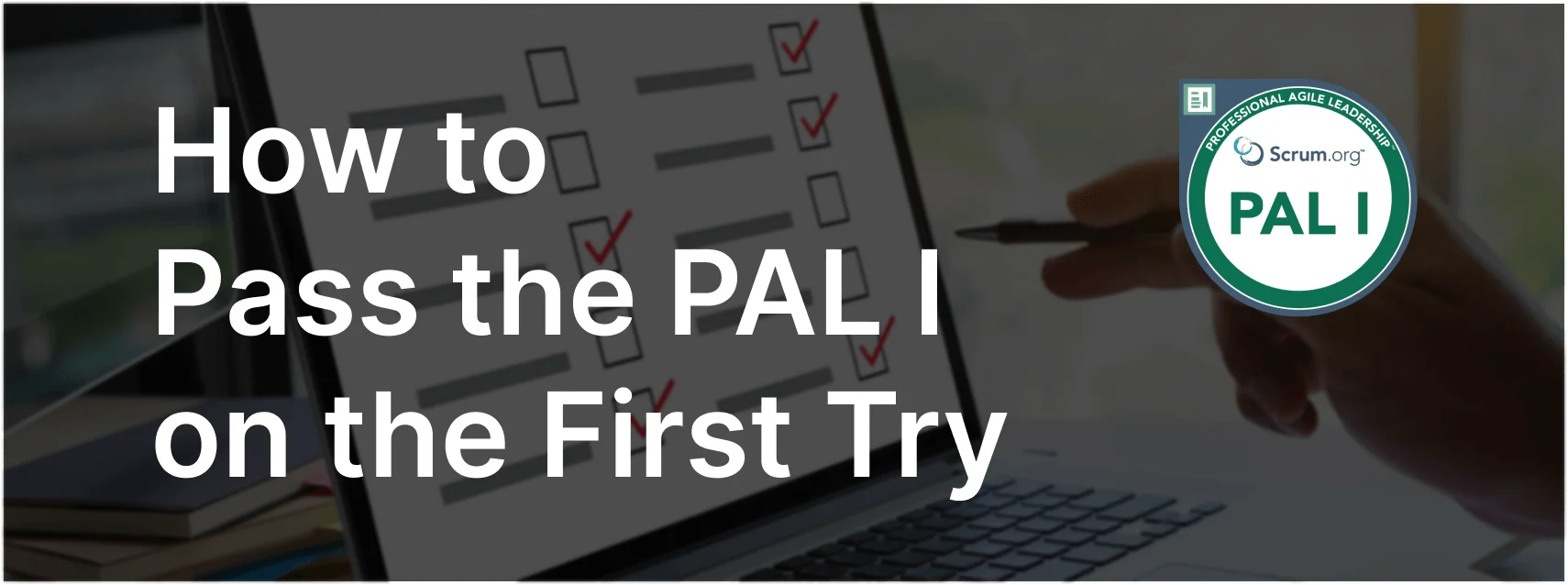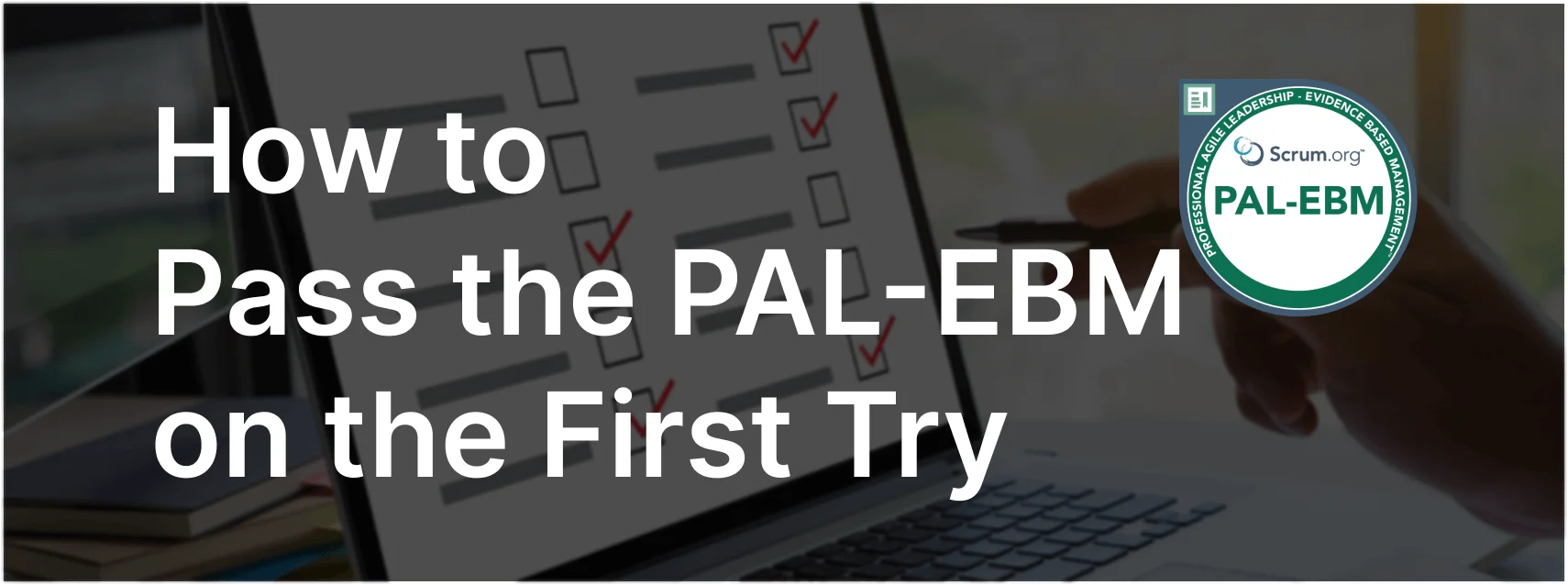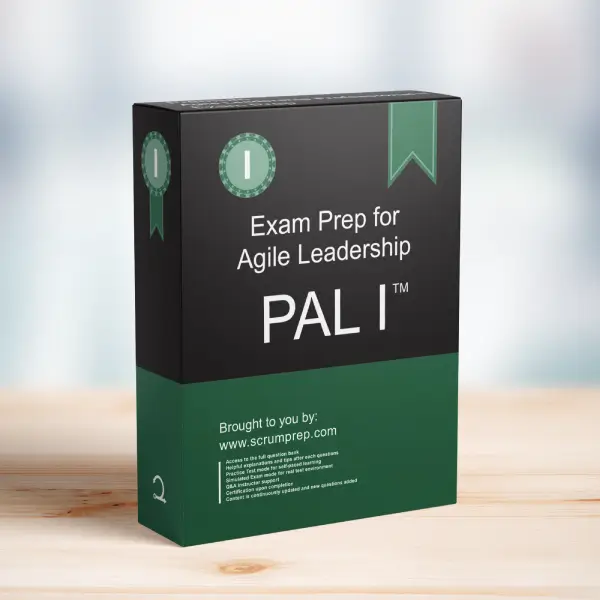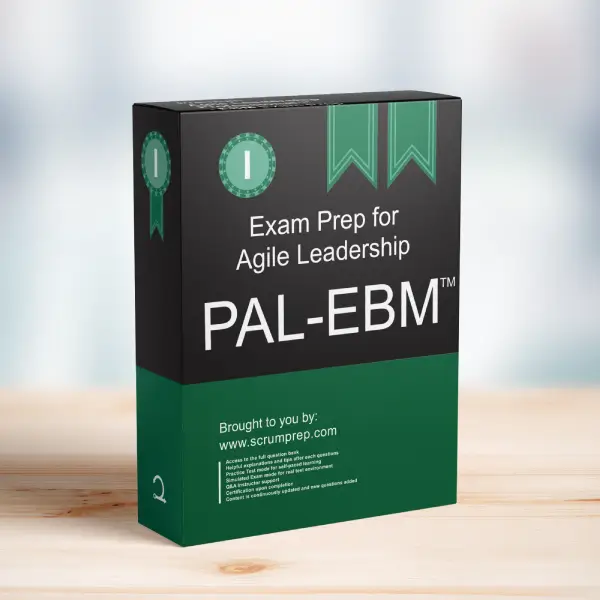Responding to Unused Features in Product Development
In product development, it’s crucial to measure the impact of new features and adjust accordingly based on user feedback and usage data. This article explores the best approach to take when a newly delivered feature fails to improve customer satisfaction and is hardly used.
Exam Question
You deliver a new feature that you think will improve customer satisfaction. When you measure the results, you not only find that it had no impact on customer satisfaction, it was hardly used. What is your next step?
(choose the best answer)
A. Redesign the feature to improve its effectiveness and re-release it.
B. Drop the feature from the product and focus on the next most important feature.
C. Redesign the interface to improve the feature’s ease of use and re-release it.
D. Investigate why the feature was not used by interviewing users and watching usage.
Correct Answer
D. Investigate why the feature was not used by interviewing users and watching usage.
Explanation
Correct Answer
D. Investigate why the feature was not used by interviewing users and watching usage:
Understanding the reasons behind the low usage and lack of impact is crucial before taking any further action. By interviewing users and observing how they interact with the feature, you can gather valuable insights into their needs and behavior. This investigation can reveal whether the feature itself is flawed, if there are usability issues, or if the feature does not address a real customer need.
Why the Other Options Are Less Effective
A. Redesign the feature to improve its effectiveness and re-release it:
Redesigning the feature without understanding why it was not used might lead to the same outcome. It’s essential to first gather data and user feedback to make informed decisions about how to improve the feature.
B. Drop the feature from the product and focus on the next most important feature:
While this option avoids spending more time on a feature that did not initially succeed, it also means potentially missing an opportunity to learn and improve. Understanding why the feature failed can provide insights that are valuable for future development.
C. Redesign the interface to improve the feature’s ease of use and re-release it:
Similar to option A, redesigning the interface without understanding the root cause of the issue may not solve the problem. It’s important to determine whether the problem is with the interface, the feature itself, or if the feature does not meet a significant need.
Benefits of Investigating User Behavior
Customer Insights: Provides a deeper understanding of user needs, preferences, and pain points.
Informed Decisions: Enables data-driven decisions for redesigning or improving features.
User-Centered Design: Ensures that future iterations of the feature are aligned with actual user needs and behaviors.
Avoids Wasted Effort: Helps avoid unnecessary redesigns that may not address the underlying issues.
EBM Framework Insights
Current Value (CV): By investigating user feedback and behavior, you can better understand how to deliver features that provide real value to customers.
Unrealized Value (UV): Identifying the gaps between what users need and what the feature provides can help in capturing unrealized value.
Ability to Innovate (A2I): Learning from user behavior and feedback fosters a culture of continuous improvement and innovation.
Time to Market (T2M): Efficiently addressing issues based on user insights can streamline the process of delivering valuable features.
Relevance to the PAL-EBM Exam
Understanding how to respond to unused features and leveraging user feedback is crucial for the PAL-EBM exam. This knowledge demonstrates the ability to apply the EBM framework and Agile principles to improve product outcomes and ensure customer satisfaction.
Key Takeaways
- Investigating why a feature is not used is crucial before making any further decisions.
- Gathering user feedback and observing behavior provides valuable insights for informed decision-making.
- Understanding user needs and preferences ensures that future iterations of the feature are aligned with actual user requirements.
Conclusion
When a newly delivered feature fails to improve customer satisfaction and is hardly used, the best approach is to investigate why by interviewing users and observing their usage. This investigation provides crucial insights that inform future improvements and ensure that the product meets customer needs. For more information on preparing for the PAL-EBM exam, visit our Professional Agile Leadership PAL-EBM™ Exam Prep.





